Connected learning brings together all of the various experiences, interests, technology, academics, people and communities that learners are a part of in order to make all of these scenarios and experiences learning opportunities.
Get Started for FREE
Sign up with Facebook Sign up with X
I don't have a Facebook or a X account

 Your new post is loading... Your new post is loading...
 Your new post is loading... Your new post is loading...
Current selected tag: 'learning theories'. Clear
“Imagine oneself on a ship sailing across an unknown sea, to an unknown destination......very quickly, the daily life on board ship becomes all important.....the daily chores, the demands, the...
Why focus on learning intentions? A ‘no-brainer’ right? Learning intentions when used well help both us and our students to see the destination and chart the voyage. Great learning intentions can provide challenge, foster grit and determination, develop higher order thinking through good modelling and scaffolding and encourage us all to aim for excellence.
We have been talking a lot about the connected educator in the previous posts because we are in a month that is officially labelled the Connected Educator month, however, today we will have a cursory look into another closely related topic: connected learning.
A few weeks ago I shared with you a graphic featuring a set of some important learning theories teachers should be aware of and today I am adding another extra resource. This is basically a slideshow created by Steve Wheeler for ELESIG webinar hosted by Nottingham University.
I pointed out recently that many of the older theories of pedagogy were formulated in a pre-digital age. I blogged about some of the new theories that seem appropriate as explanatory frameworks for learning in a digital age. These included heutagogy, which describes a self-determined approach to learning, a new model of peer-peer learning known as paragogy, a post modernist 'rhizomatic' learning explanation, distributed learning and connectivist theory, and also a short essay on the digital natives/immigrants discourse. I questioned whether the old models are anachronistic.
Instructional design (ID) serves only a small part of the entire learning experience. The pace of information development exceeds courses as the primary delivery mechanism of learning, challenging established ID. Alternatives to courses, like learning networks and ecologies, are developing as an informal learning approach. Designers and organizations receive substantial benefits to acknowledging informal learning, and initiating a focused design approach. Effective learning design must recognize different domains of learning. Learning Development Cycle attends to four broad learning domains: transmission, emergence, acquisition, and accretion. Designers focus on different objects during the design process, in order to meet the intended learning goals. Design objects include: instruction, fostering reflection and critical thinking, creating access to resources, and networks and ecologies.
I pointed out recently that many of the older theories of pedagogy were formulated in a pre-digital age. I blogged about some of the new theories that seem appropriate as explanatory frameworks for learning in a digital age. These included heutagogy, which describes a self-determined approach to learning, a new model of peer-peer learning known as paragogy, a post modernist 'rhizomatic' learning explanation, distributed learning and connectivist theory, and also a short essay on the digital natives/immigrants discourse. I questioned whether the old models are anachronistic.
From
www
This Concept Map, created with IHMC CmapTools, has information related to: Learning Theory, zone of proximal development The area of capabilities that learners can exhibit with support from a teacher., Montessori constructivism, Lave & Wenger...
This Concept Map, created with IHMC CmapTools, has information related to: Learning Theory, zone of proximal development The area of capabilities that learners can exhibit with support from a teacher., Montessori constructivism, Lave & Wenger...
I know this would set out another fire, though you would surely like to know why this flame of debates about Learning Theory goes out? First, let's see the differences between Constructivism and In... Via Mariano Fernandez S., Wilmer Ramírez |
A Visual Primer On Learning Theory
Theories on how people learn are not new. Piaget, Bruner, Vygotsky, Skinner and others have theorized for years how it is we come to “know” things. Unlike many theories involving physics for example, it is unlikely that a single learning theory is “right,” and will ultimately prove other theories “wrong.” How people learn is complex, and any unifying theory on how it all happens that’s entirely accurate would likely be too vague to be helpful. In that way, each “theory” is more of a way to describe one truth out of many. 4 Traditional Theories Of Learning: ... 
Adel M. Alharbi's curator insight,
February 7, 2014 11:21 AM
I like learning through visual concept! 
Dr. Amana Levi's curator insight,
February 8, 2014 3:58 PM
Subscribing to both Bloom and Vygotsky’s social learning theory and currently Webb's Depth of Knowledge allows educators to build upon a student's learning experiences by scaffolding and facilitating questioning techniques to guide students from simple recall to higher levels of creative and critical thinking, thereby allowing them to reflect on their own thinking process. The visual primer is the realization of what "good teachers" and "good leaders" do (i.e. - making meaningful connections and then synthesizing the information).
Dr. Amana Levi
E-Learning 3.0 anyone, anywhere, anytime, and AI Learning NetworksNeil RubensActive Intelligence GroupKnowledge Systems Lab /University of Electro-Communicati
What is authorship learning? Essentially, it’s a learning-by-doing model of self-authorship that serves as a lever to push students toward independent learning and critical thinking. Hodge, Magold and Haynes (2009) describe it as “questioning trusted authority and leaving the safety of comfortable ways of seeing the world to explore multiple perspectives and construct one’s own beliefs, values, and vision.”
E-learning theories are not new theories, but rather e-enhancements of existing learning theories (Mayes and de Freitas, 2004). They form “sets of beliefs: about the nature of knowledge and compet...
This detailed analysis and chart of every single learning theory is worth zooming in and studying.
Existing theories of a particular subject matter are typically revised and adjusted to reflect changing environments. At some point, due to continual revisions, the theories becomes so dichotomous and complex that it is no longer reflective of the subject it is intended to define and explain. At this point, the existing theories need to be replaced with models that more accurately reflect the link between theory and reality. The domain of learning is significantly hampered by progressive revisions of what it means to learn, to know, and to understand. A subset of connectivism, network forming, is presented as an accurate model for addressing how people learn. The test of any theory is the degree to which it solves problems and incongruities within a domain. The shortcomings of behaviourist, cognitivist, and constructivist ideologies of learning are answered in light of learning as a connection-forming (network-creation) process.
From
www
Here is my response to Connectivism: Theory or Phenomenon. Interesting points and observation. There are lots of empirical evidence in support of Connectivism, only that I still haven't got the ti... |



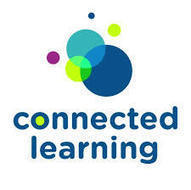

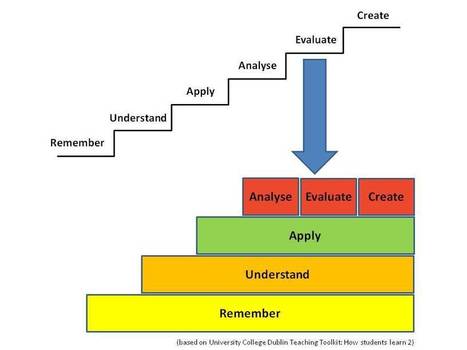
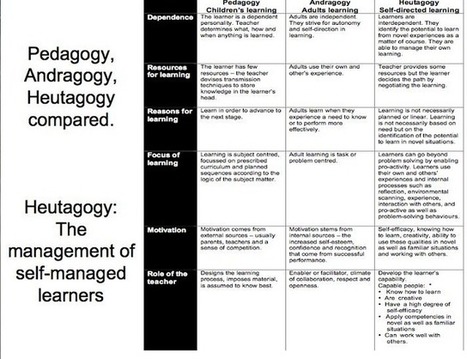
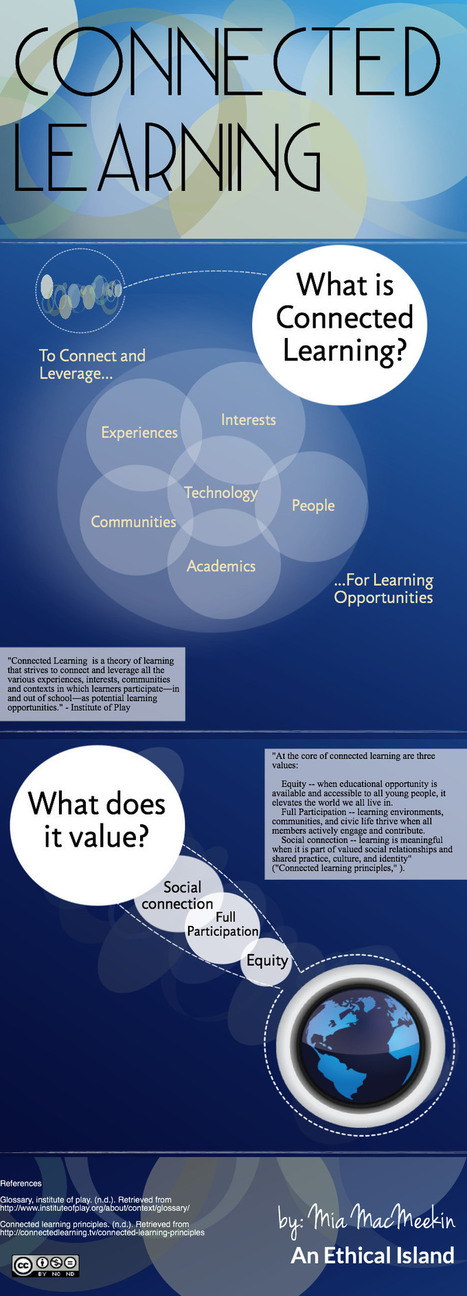

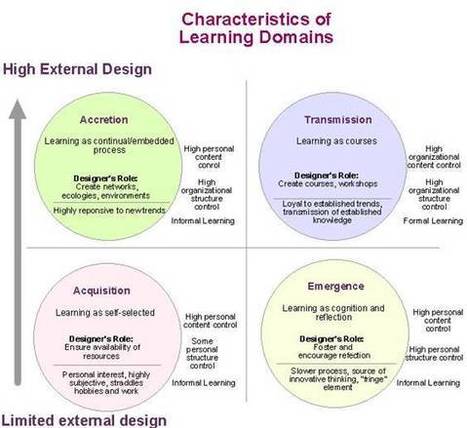
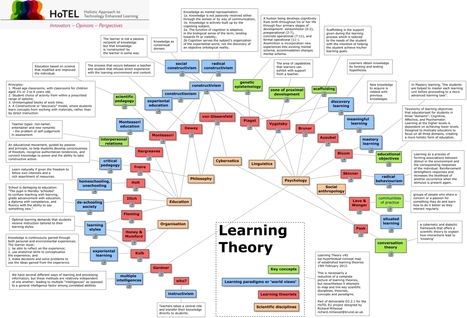

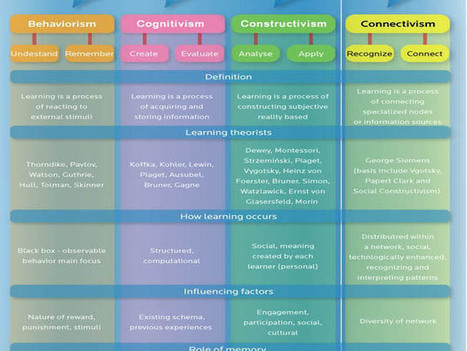











Connected learning follows many of the same ideologies as global competence. Both ideas value social acceptance, connections, and inclusion of all people. By reaching out to all people, it allows humans to expand technology, ideas, and culture. Connected learning values expanding learning both inside and outside of school. In classrooms, educators must demonstrate culture awareness and acceptance to students to encourage a global competence. In a diverse and interconnected world, it is crucial for children to learn how to interact with all people and connect learning to outside of a classroom. What are some ways educators can incorporate connected learning into the classroom?